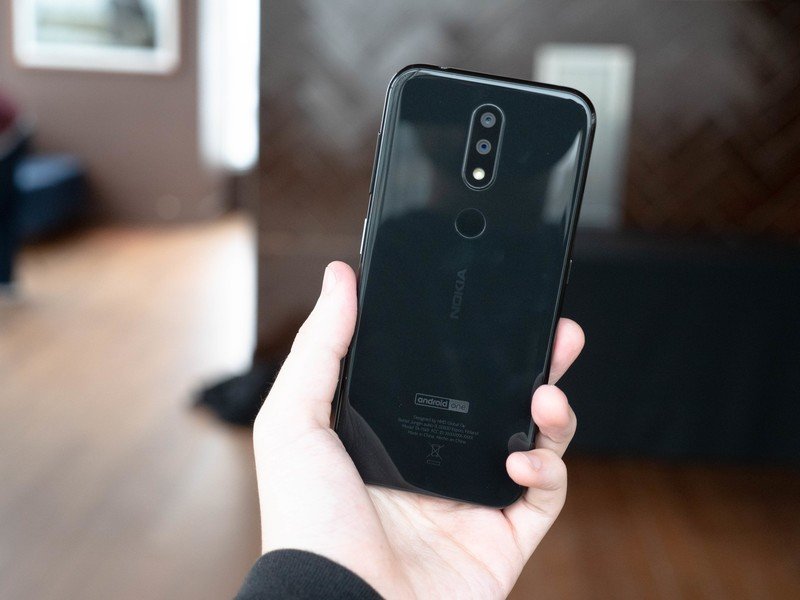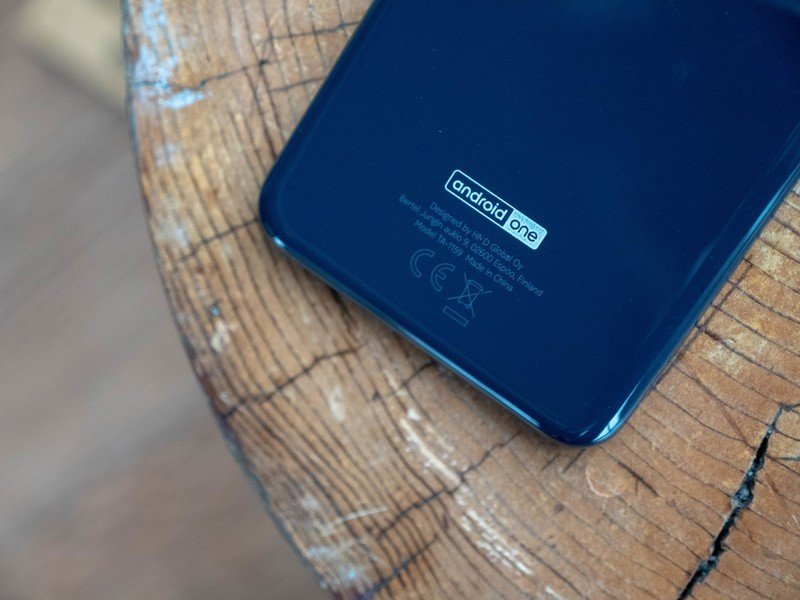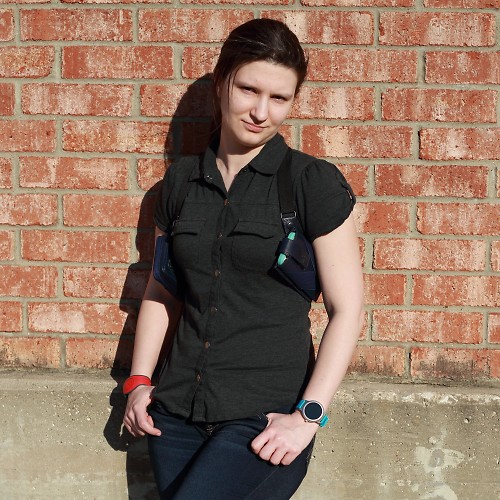Thanks, Nokia, for continuing to focus on secure, affordable entry-level phones

I'm happy to drool over a delicious new flagship like the Samsung Galaxy S10 — I have so many cases lined up to test with mine when it arrives this week — but when I was watching the livestreams and the hype from Mobile World Congress last month, what caught my eye wasn't the folding screens or the in-screen fingerprint sensors. What caught my eye was Nokia, continuing to save the budget market and offer some of the more interesting — and more importantly the more secure — phones I've seen in 2019.
In fact, they're the phones I'd recommend to everyone, if only they were coming to the U.S.
Samsung: OMG 5G
Xiaomi: OMG 5G
Nokia: 2.5G! #MWC2019Samsung: OMG 5G
Xiaomi: OMG 5G
Nokia: 2.5G! #MWC2019— Ara Wagoner📱🏰🎶😷 (@AraWagco) February 24, 2019February 24, 2019
Bleeding edge is rife with buzzwords and razzle-dazzle, but Nokia got it right focusing on the 2.5G and "the next billion" rather than trying to compete on the 5G stage with Samsung, LG, Xiaomi, and every other freaking tech company in the world. 5G will be wonderful when it gets here, but 5G is going to be in less than 50 cities in the U.S. before the end of the year — and the international rollout isn't looking much better.
For now, 5G is a shiny toy that no one can really play with yet. Nokia knows that better than anyone: its network division has been prepping 5G deployment for carriers worldwide for years.
5G is a shiny toy no one can play with yet.
For the millions coming online every day in developing countries, 5G won't mean much of anything for five to ten years. What will matter is finding a reliable phone that won't break the bank and won't compromise its user with outdated software and undelivered security patches.
That's why Nokia's commitment to Android One and Android Go is far more important than its not-insignificant steps towards 5G.

Meet the Nokia 4.2, the $200 phone I want to play with more than anything else that debuted in Barcelona. This phone sports a 5.7-inch screen, a Snapdragon 439, 2GB/16GB or 3GB/32GB storage with microSD expansion, 3,000mAh battery, a traditional rear-mounted fingerprint sensor, and some of the most interesting buttons I've seen on a phone in years. On the left side, we have a Google Assistant button, which allows you to have a walkie-talkie push-to-talk dialog with Assistant or double-click for a look at your day ahead with Visual Snapshot, but on the right side, we have something far more fun.
Be an expert in 5 minutes
Get the latest news from Android Central, your trusted companion in the world of Android

The power button for the Nokia 4.2 (and 3.2) houses the notification LED, allowing the LED to pinpoint where your finger needs to press to turn on your phone and see what's up. This is a seemingly simple idea that I now want on every phone ever, and Nokia phonemaker HMD patented this feature because I think they realize how useful this solution is as manufacturers look for new places to hide the notification LED in their quest for MOAR SCREEN, LESS BEZELS.
It's the kind of thing we'd be raving about if it debuted on the Nokia 9 PureView — and seriously, HMD, how do you now bring this kind of genius to your flagship?!? — but on budget phones like the 4.2, it's overlooked with the rest of the device. It's a damn shame, too, because between the clever, almost-cute design and Android One, these are the phones I want to shove into my friends/family/far-flung acquaintances faces when they come ask "Hey, what phone should I get under $200/$300?"
Android One phones get two years of OS updates guaranteed, and while the "three years of monthly security updates" has been scrubbed from the Android One website, Nokia is still promising three years of security patches for the Nokia 4.2. Android One requires manufacturers to adhere to strict rules in regards to the look and performance of the software. You can't go skinning it out or bloating it up like a balloon, which means that Android One phones are slicker phone with a so-called "stock" look and less initial software to slow and bog down the phone as you spend time with it.

While Android One was originally made for budget phones developing markets — making it the perfect match for Nokia — Android One phones can be made and sold at any price point in any market, but they're still damn hard to come by in the United States. While Nokia's expanding presence here gave me hope, there's no hint that any of the budget phones Nokia announced last month are coming to the US.
Wherever Nokia's new phones wind up, they're going to be the budget phones to beat in those markets because between Android One's strict software guarantees and HMD's hardware home-run, this looks like the best phone for your aunt, uncle, and grandmother, whether they live in Britain, Bangladesh, or Boston. Thank you for your safe and sensible phones, Nokia, and whenever you decide to bring them to America I'll be waiting, cute cases in hand.
Ara Wagoner was a staff writer at Android Central. She themes phones and pokes YouTube Music with a stick. When she's not writing about cases, Chromebooks, or customization, she's wandering around Walt Disney World. If you see her without headphones, RUN. You can follow her on Twitter at @arawagco.

